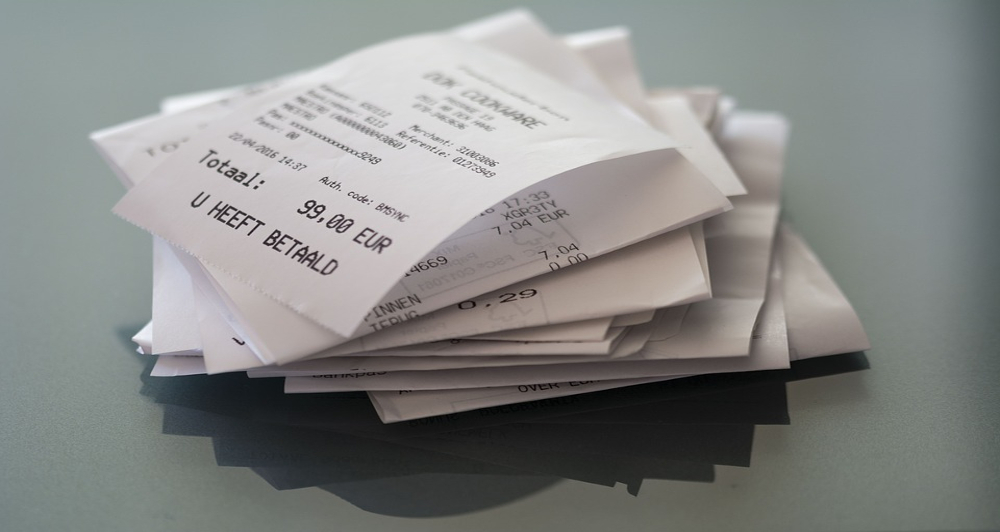
Polytoxicity: The Wild World of Chemical Exposure
Have you ever wondered how many chemicals you're exposed to on any given day? How about your kids? It's really anyone's guess. The Toxic Substances Control Act (TSCA) requires that the U.S. Environmental Protection Agency (EPA) compile and keep a current list of chemical substances manufactured or processed in the U.S.
March 15, 2017 | Source: Mercola | by Dr. Joseph Mercola
Have you ever wondered how many chemicals you’re exposed to on any given day? How about your kids? It’s really anyone’s guess. The Toxic Substances Control Act (TSCA) requires that the U.S. Environmental Protection Agency (EPA) compile and keep a current list of chemical substances manufactured or processed in the U.S.
That list includes about 85,000 chemicals,1 but even the EPA is largely in the dark about what that actually means for people’s health and the environment.
As noted in Chemical & Engineering News, “The agency is struggling to get a handle on which of those chemicals are in the marketplace today and how they are actually being used.”2
Very few chemicals on the market are tested for safety, but even those that are, are not necessarily safe. Part of this is because safety testing is typically done on just one chemical at a time, and under laboratory conditions.
The way you’re actually exposed to chemicals — in combination and under countless different real-world scenarios — may increase their toxicity exponentially.
The Toxic Reality of Using Hand Sanitizer, Eating and Holding a Receipt
A revealing example of just how toxic our world has become is the bisphenol-A (BPA) used in thermal paper (the type many receipts are made out of).
BPA is an endocrine-disrupting chemical linked to a number of health concerns, particularly in pregnant women, fetuses and young children, but also in adults, including high blood pressure, heart disease,3 obesity, fertility problems and more.
BPA is most often associated with plastics, personal care products and canned goods but, according to a 2014 study published in PLOS One, “Free BPA is applied to the outer layer of thermal receipt paper present in very high (∼20 mg BPA/g paper) quantities as a print developer.”4
